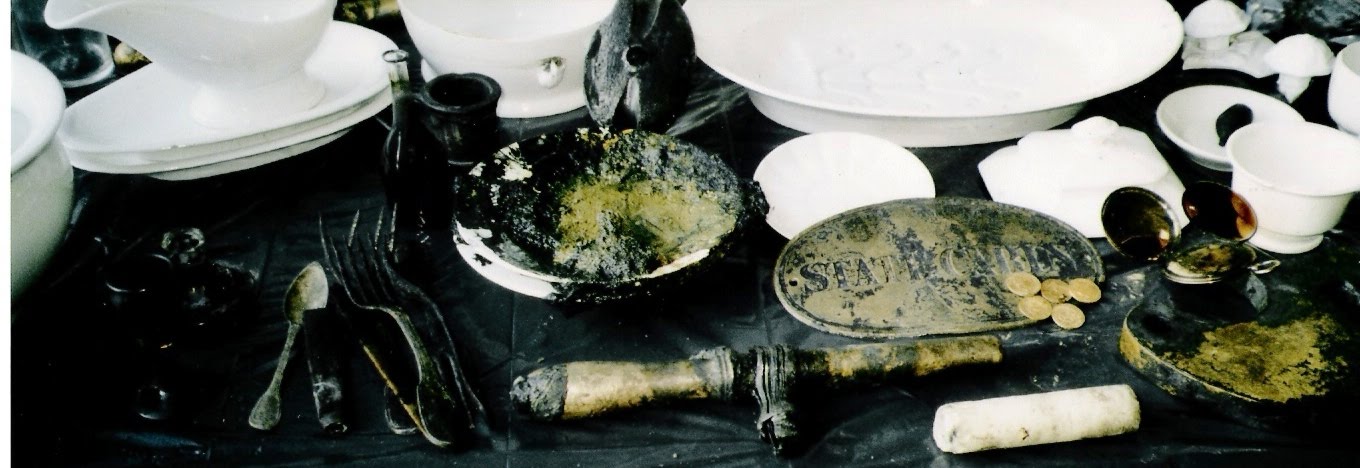Robin McKie -
On 12 November 1912, a party of British explorers was crossing the Ross Ice Shelf in Antarctica when one of the team, Charles Wright, noticed "a small object projecting above the surface". He halted and discovered the tip of a tent. "It was a great shock," he recalled.
With his companions, Wright had been searching for Captain Robert Falcon Scott who, with four colleagues, had set off to reach the South Pole the previous year. The team, from the Scott expedition base camp, knew their comrades were dead: their provisions would have run out long ago. But how and where had Scott perished?
Wright had found the answer. "I tried to signal my party to stop as I considered it would be a sort of sacrilege to make a noise," he said later. The men began digging and revealed a tent, perfectly pitched, as Scott would have insisted. He was lying at its centre with Lieutenant Henry Bowers and Dr Edward Wilson on either side. His companions appeared at peace but Scott looked agitated, as if he had struggled to the last.
Of his other men, diaries showed that Petty Officer Edgar Evans had suffered concussion after a fall and died a few weeks after the group began trudging back from the pole, while Captain Lawrence Oates had walked out of their tent to his death because he felt that he was holding back his comrades. Those diaries also showed that Scott had been beaten to the Pole by the Norwegian Roald Amundsen.
The cold had turned the skin of Scott, Wilson and Bowers yellow and glassy. "That scene can never leave my memory," recalled Apsley Cherry-Garrard, another search-party member. "We never moved them. We took the bamboos of the tent away and the tent itself covered them. Over them we built the cairn." The party's leader, Edward Atkinson, read the lesson for the burial service from Corinthians.
Posted via http://maritime-news.posterous.com Maritime-News posterous
.jpg)
No comments:
Post a Comment